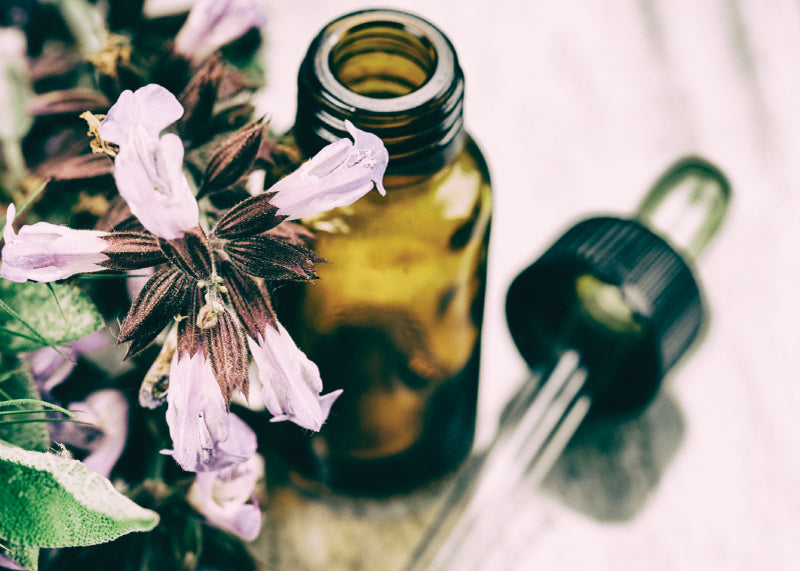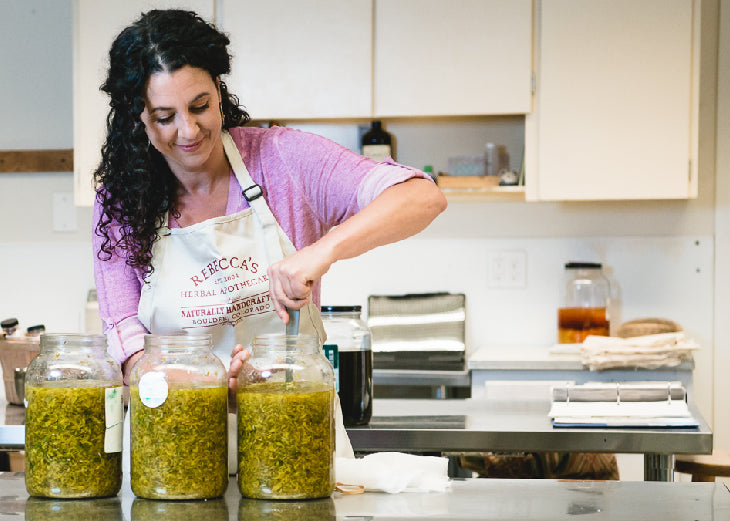Herb Article
Dandelion
By Liz Holtman

Common Name
Dandelion
Latin Name
Taraxacum officinalis
Family
Asteraceae
Parts Used
Root, leaf, and flower
Medicinal Properties
Spring has finally arrived and amidst the snow and the sunshine dandelion greens are emerging from the softening earth. Dandelion is traditionally known as a spring tonic and blood purifier. The spring greens were collected and eaten by our European and early American ancestors.
In addition to the leaves, the root, stem, and flower of the dandelion have been used for their wide array of properties. Dandelion's bitter flavor stimulates digestion by increasing the flow of bile from the liver and gallbladder helping with sluggish digestion, liver congestion, and gallstones. Another way dandelion improves the digestive system is through its inulin content. Inulin is an indigestible starch that feeds our friendly intestinal bacteria. By feeding our friendly bacteria with inulin, our intestinal flora will thrive and help to relieve many intestinal problems.
Dandelion, also known as Piss-in-bed, is diuretic, increasing the kidneys capacity to excrete waste products through the urine. Dandelion also stimulates the movement of lymph and blood, relieving congestion and inflammation in many areas of the body. It can be used with chronic skin conditions such as acne, eczema, psoriasis, and urticaria. In addition to all of these properties, dandelion is high in many vitamins and minerals. With all of these uses, its not surprising our ancestors used dandelion after long cold winters. Dandelion is a great aid during the transition from winter into the warmth of spring and summer.
Preparations and Applications
This plant can be enjoyed as a tea, taken as a tincture, applied topically as a poultice, or eaten as a food.
Recipes
There are numerous recipes for dandelion. For some great recipe ideas check out Susan Weed's book Healing Wise. My Italian great grandmother, Rosina Pasquariello, boiled and sauteed the greens as well as added them to omelets, soups, and salads. Remember that greens are less bitter before the dandelion has flowered, so now is the best time to eat them! To reduce the bitter flavor, the greens can be boiled in two washes. When collecting wild greens for food, remember to avoid sites that have been sprayed with herbicides, pesticides, and other chemicals.
Spring Equinox Salad
Equal parts dandelion greens and mixed greens
Hard-boiled egg
Toss with croutons (if you can tolerate wheat), olive oil, vinegar, salt, and pepper. Feel free to add any of your other salad favorites.
Sources
Susan Weed: Healing Wise
Michael Moore: Medicinal Plants of the Mountain West
Matthew Wood: The Earthwise Herbal, A Complete Guide to Old World Medicinal Plants




